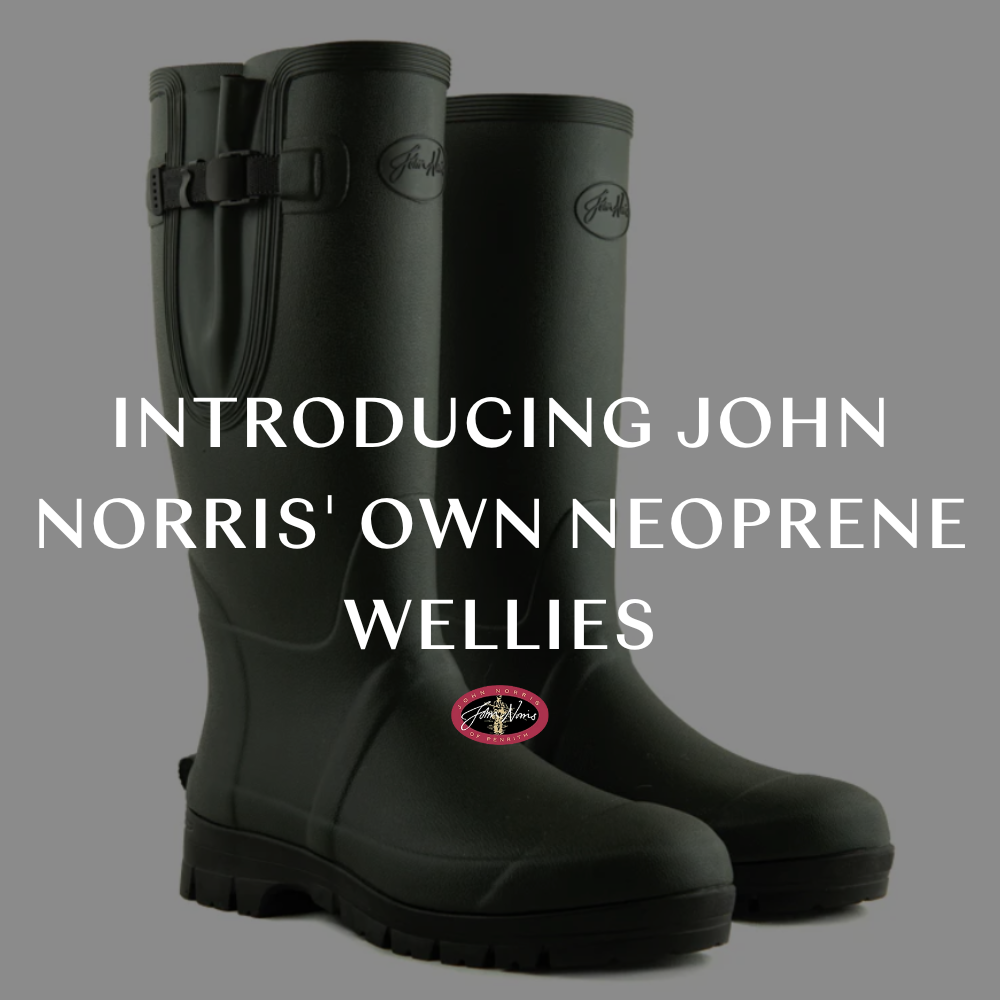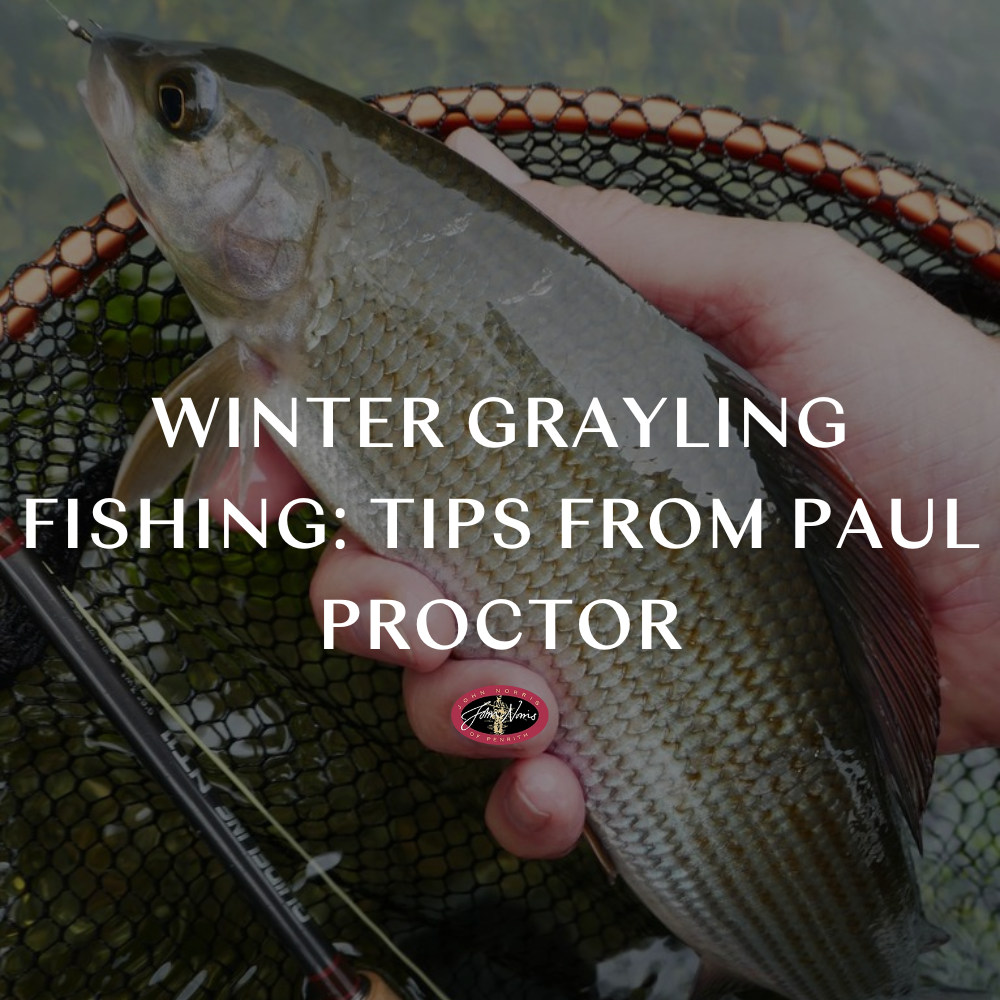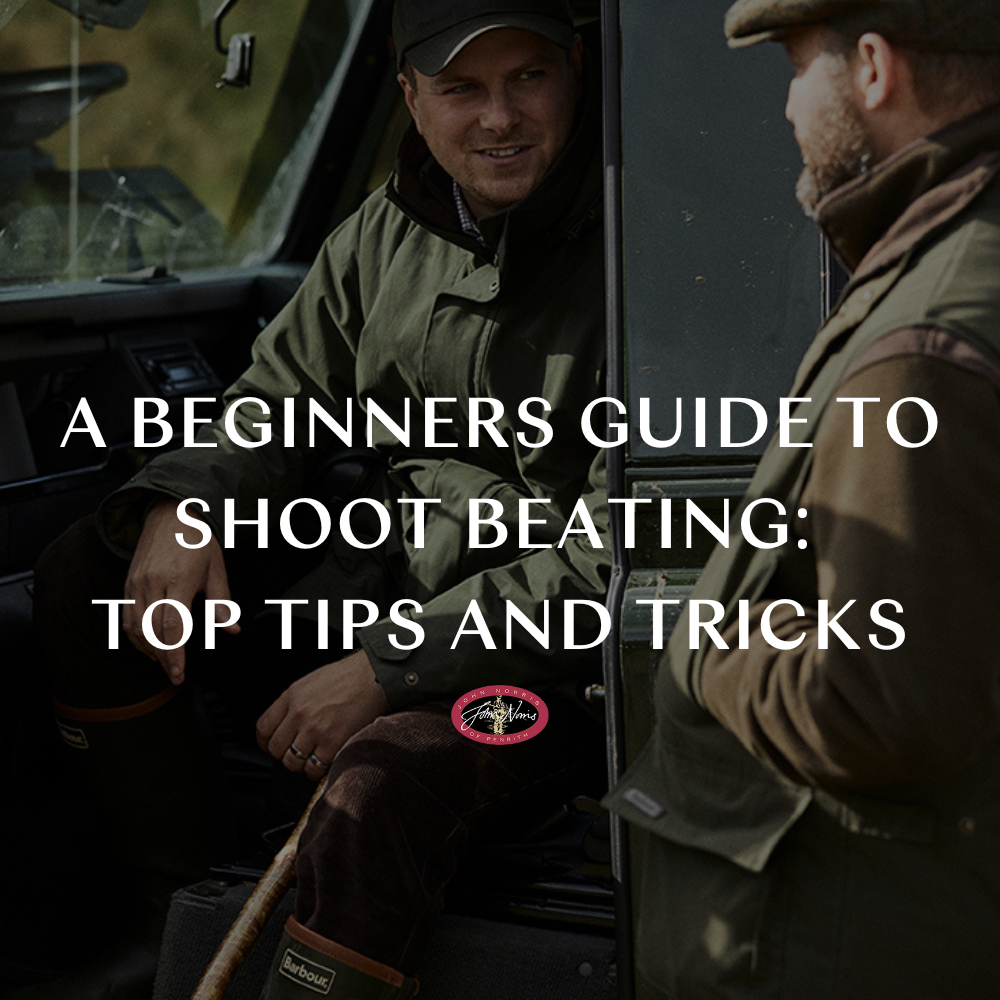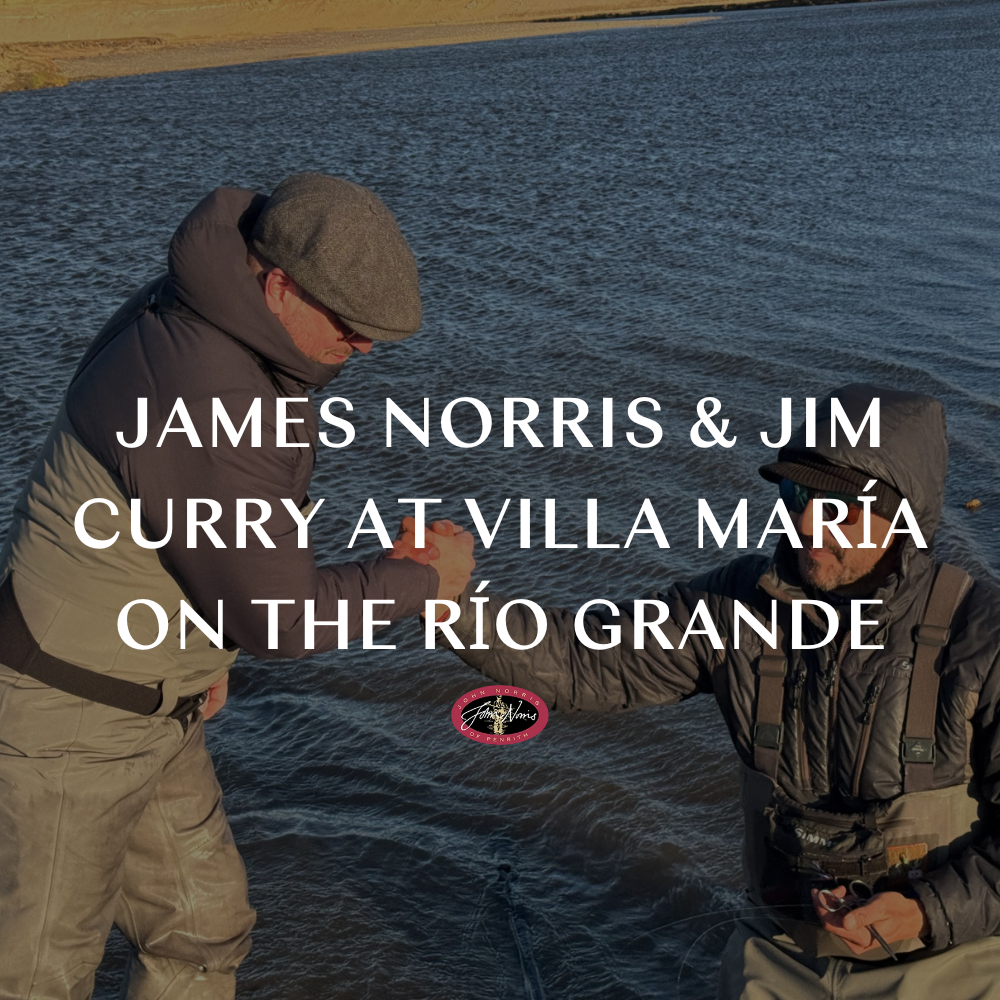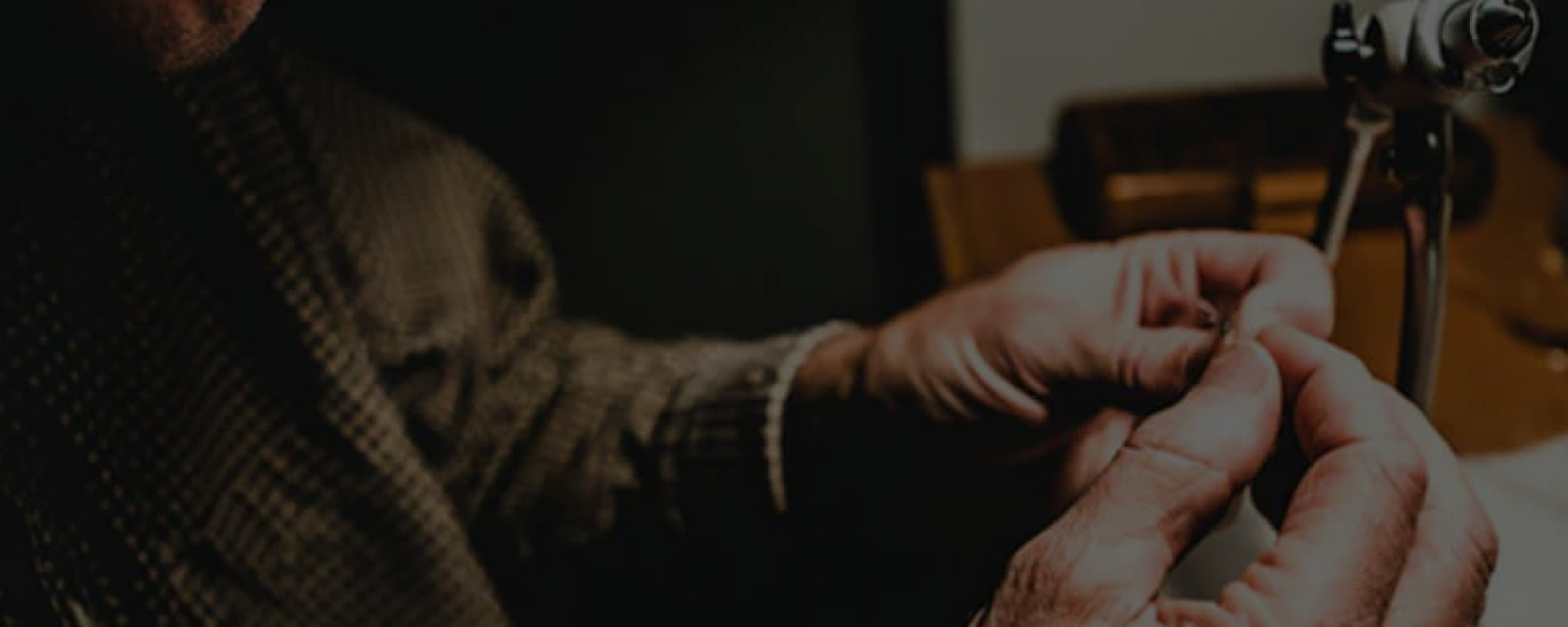Rocky Mountain Trout Fishing
By Martyn Armstrong
There is a reason that the forestry trunk road that straddles the Rocky Mountains between Alberta and British Columbia is called the Trout Highway. Often overshadowed by the more famous trout seems south of the border in Montana, the variety and quality of fishing available within an hour of the Canadian continental divide remains largely unknown to most European trout fishermen.
Having fished my way along the Trout Highway when I lived in Alberta some years ago and on my frequent trips back to visit the British Army’s training base, I knew it’s potential and I couldn’t wait to fish this wilderness for its native fish again when I returned last summer. The new fishery regulations had clearly helped and it was even better than I remembered.
On the eastern Albertan slope of the Rockies in addition to the much derided white fish, fly anglers have the opportunity to catch four different species of trout - brown, rainbow, east slope cutthroat and Bull Trout - in wilderness rivers that flow through breathtaking provincial parks and world heritage sites.
The western slope British Columbia rivers, such as the Elk, Wigwam, Skookumchuck and Lodgepole, not only sound evocative but, as a result of their protected status, undoubtedly offer some of the best dry fly fishing for wild trout in the world. The west slope cutthroat trout, so named for the dramatic orange slash at its throat, is renowned for both its beauty and its readiness to rise to a dry fly and the Elk and its tributaries regularly produce trophies over 20 inches.
Standard trout tackle will be perfect and 2/3-weight rod would not be out of place alongside the 5/6-weight in your luggage, as even many of the smaller tributaries offer a chance to land a trophy. A floating line with plenty of backing is all you need and in the prime summer months the favourite patterns are large dry flies and terrestrial patterns, though a selection of nymphs, including prince nymphs, copper johns, GRHE and Stoneflies, are always worth carrying.
Anglers typically wear chest waders in the drift boats in the early part of the season, both for getting in and out and for the occasional chance to get out and wade a hot pool, though it is best to avoid studded boots or cleats as they can damage the drift boat decks. In the warmer weather, shorts or quick drying trousers and sandals are a good option when drift boat fishing, but you should not underestimate how cold some of the mountain rivers can be, even in midsummer.
Timing is important, as the melting snow from the mountains, known as run-off, will blow out the rivers in early summer. My favourite time for prime dry fly action is late July to early August though September is also a great time to be on the Rocky Mountain rivers as the trees begin to turn red and gold.
Excellent, enthusiastic guides will undoubtedly make your trip. With so much water, it’s all too easy to waste time driving around trying to find fishing spots, when the local experts will know what’s fishing best and where and they will put you straight onto the fish. And, seriously, if you need to ask why you need a guide, you’ve never tried to land a 26 inch rainbow in the fast water of the Oldman.
When you are in such stunning surroundings, it’s nice if the accommodation matches the views. Trips are based at Island Lake Lodge, secluded in the peaks above Fernie, British Columbia, above a spectacular (and trout filled) mountain lake and surrounded by 7,000 acres of old growth forest. Its luxury lodges and spa offer a multi-award winning lodging experience while their culinary team will use local organic ingredients to provide an unforgettable meal at the end of a long day’s fishing.
Martyn Armstrong, AAPGAI Master fly fishing instructor, will host week-long trips to the Rocky Mountain streams in this this summer
For more details go to www.halsteadandbolton.com, call Halstead and Bolton on 07973 291367 or email fish@halsteadandbolton.com

